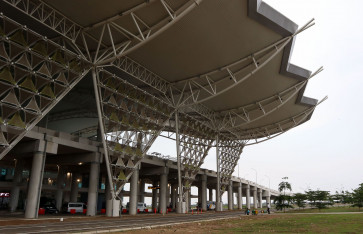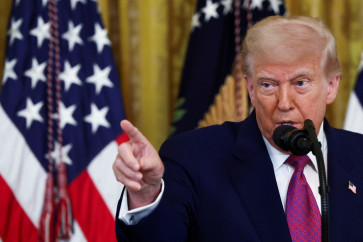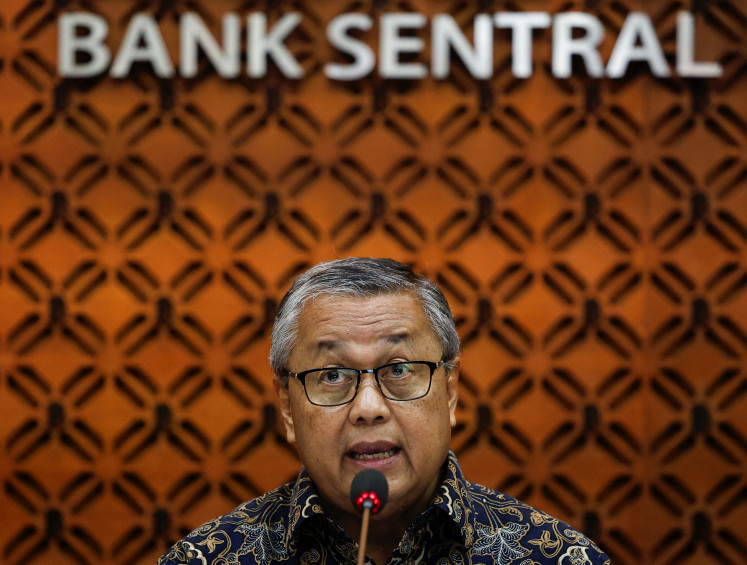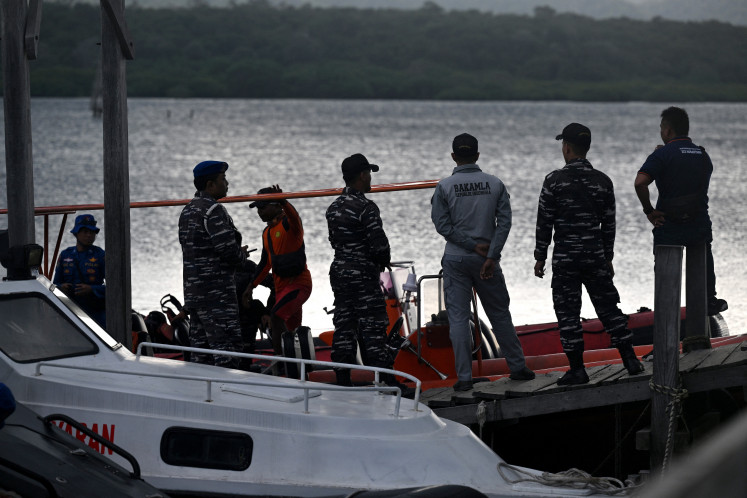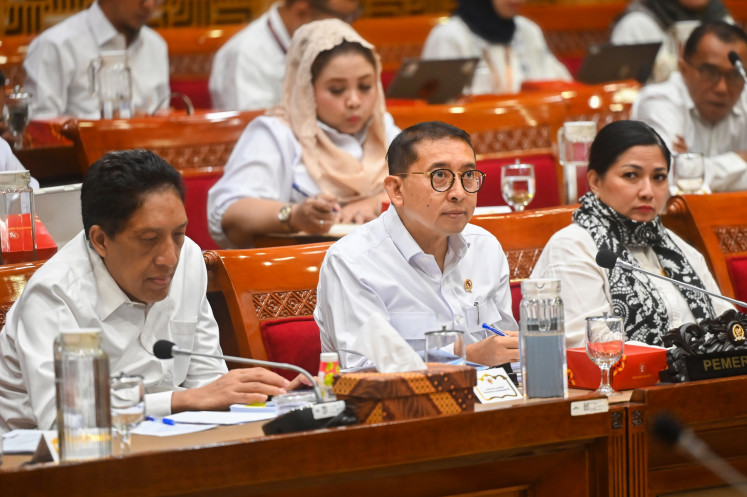Popular Reads
Top Results
Can't find what you're looking for?
View all search resultsPopular Reads
Top Results
Can't find what you're looking for?
View all search resultsOne Map Policy faces obstacles
At a time when most people are just a few swipes away from accessing a map of the world in the palm of their hand, the government’s attempt to create a single map that can be used by all government agencies may seem redundant
Change text size
Gift Premium Articles
to Anyone
A
t a time when most people are just a few swipes away from accessing a map of the world in the palm of their hand, the government’s attempt to create a single map that can be used by all government agencies may seem redundant.
However, President Joko “Jokowi” Widodo’s ambitious One Map Policy is not aimed at creating an ordinary map with which you can find the nearest gas station. It is a map that will integrate information from a total of 85 thematic maps of Indonesia’s regions by 2019.
The map will provide comprehensive data on land utilization and zoning across the country, covering plantations, forestry, agriculture, industry, mining, tourism, fisheries, border areas and defense. It is expected that the information will serve as a guide for the central government and local administrations in their development plans.
During a limited Cabinet meeting on Tuesday, the President ordered his ministers to speed up the One Map Policy project.
“This One Map Policy will resolve conflicts caused by overlapping land claims as well as solve problems regarding border areas in regions across the country. This geospatial map will become our guide in making future policies, especially with regard to permits,” Jokowi said.
However, the policy has been facing a lot of obstacles, such as government officials who are unwilling to provide comprehensive data and a lack of adequate technology.
The Geospatial Information Agency (BIG), the government institution tasked with creating the single map, has so far finished mapping Kalimantan, the nation’s largest island and the most difficult to map.
BIG official Nurwadjedi said the agency first started its work in Kalimantan last year due to its status as the most problematic region in terms of the variety of land use. It has created 79 thematic maps for Kalimantan.
The team is facing difficulties in carrying out its mission because it lacks adequate human resources in sectors such as energy, forestry and industry, while ministries and local administrations are still not fully cooperating with the team by providing the necessary data.
“Some ministries have also forced the team to pay before handing over data. Some also keep their documents secret. This is something that we should report to the President,” Nurwadjedi told the Post.
Despite its announcement that it had completed the mapping of Kalimantan, the BIG admits that it has not yet been able to map customary land and villages on the island, as it does not have the required technology.
“I received reports that, we had complete 26 of the 85 thematic maps from across the country, while the remaining 57 are still in the process of compilation. There are two other items that still cannot be measured,” the President said.
Nurwadjedi said the BIG currently relied on data from the National Institute of Aeronautics and Space (LAPAN), which has a high-resolution satellite to zoom in on villages and customary land.
“Hopefully in 2018 there will be a procurement of satellite receivers with high resolution, which are planned to be set up in Pare-Pare, South Sulawesi. Existing tools cannot measure as close as one and half meters, as is needed, and we should not rely on data from foreign countries,” he said.
The map that will be produced by the One Map Policy will be 1:50,000 in scale.
“The One Map Policy will produce sophisticated RTRW [spatial planning]. Better RTRW is good for attracting investment,” Nurwadjedi added.
After Kalimantan, BIG is turning its focus to finishing its work in Sulawesi, Sumatra, Bali and Nusa Tenggara this year, before it starts mapping Maluku, Papua and Java in 2018.


